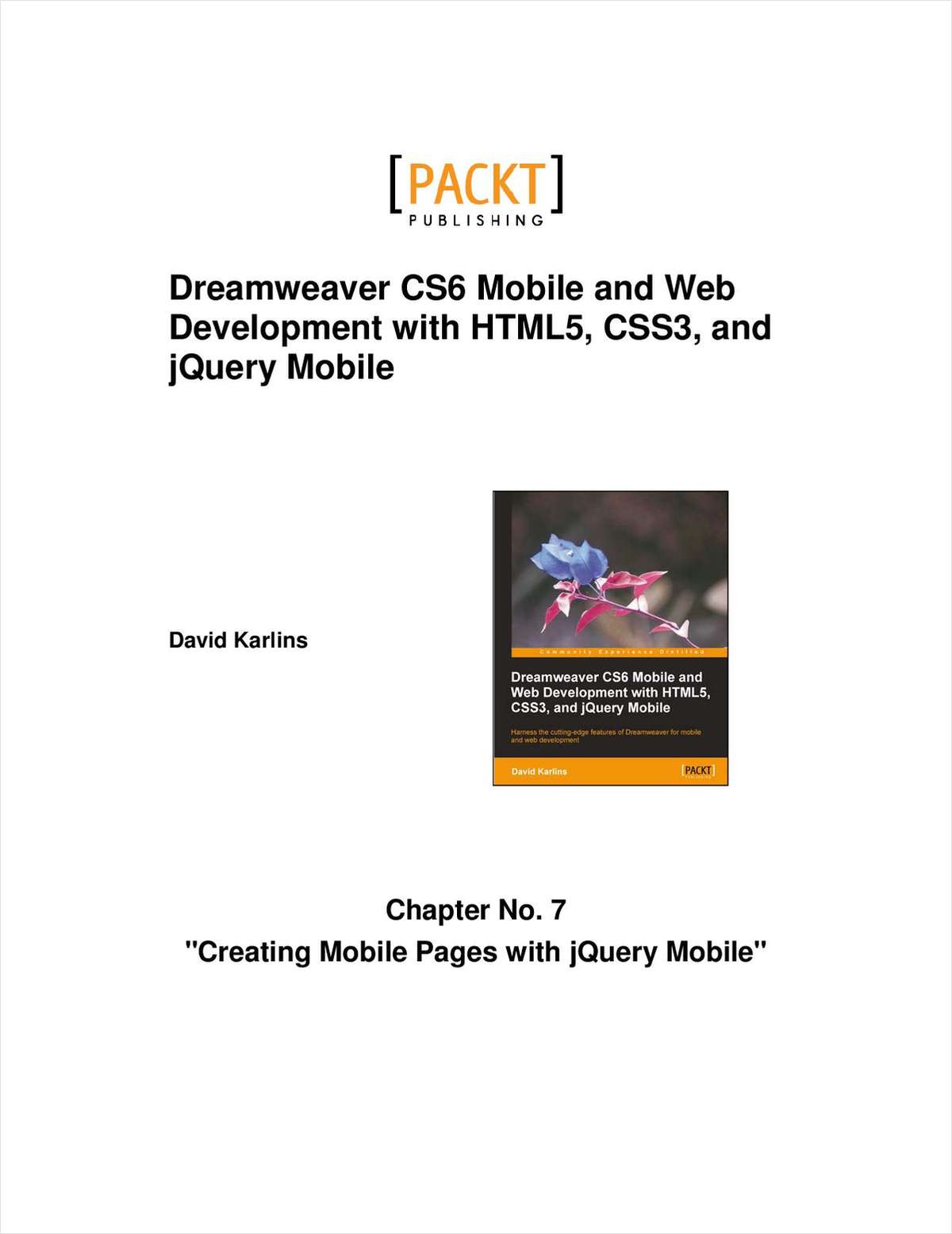

The inserted reference to the fragment works much like an Server Once you create the XSLT fragment, you insertĪ reference to it in your dynamic page (for example, a PHP or ColdFusion It is a separate file that contains the layout, formatting,Īnd so on of the XML data that you eventually want to display in Creating XSLT fragments,Īnd using them in conjunction with other dynamic pages to displayįirst step in creating these types of pages is to create the XSLTįragment. On one side of the page-you would create an XSLT fragment and insertĪ reference to it in the dynamic page. Of an existing dynamic page-for example, a dynamic home page forĪ sporting goods store, with sports scores from an RSS feed displayed The other hand, you wanted to display XML data in a particular section If you want to display XML data on a page of its own, you wouldĬreate an entire XSLT page, and bind your XML data to it. Unlike an entire XSLT page, it is an independent file An XSLT fragment isĪ piece of code, used by a separate document, that displays formatted It contains a tagĬombination of HTML and XML data on the page. Working with server-side XSL transformations, you can use Dreamweaver to create XSLT pages that generateįull HTML documents (entire XSLT pages), or XSLT fragments that However, is somewhat complex, and requires that you have access Deploying pages for server-side transformations, The file containing the XML data can reside on your own server, orĪnywhere else on the web. When an application server performs the XSL transformation, Methods for creating XSLT pages that let you perform server-side To a configured application server, while client-side transformationsįor a tutorial about understanding XML, see Dreamweaver provides Must use XML data that is locally hosted on your own web server.įinally, server-side transformations require that you deploy your pages Server or from anywhere else on the web, while client-side transformations Transformations let you display XML data dynamically from your own Transformations are restricted to modern browsers only (InternetĮxplorer 6, Netscape 8, Mozilla 1.8, and Firefox 1.0.2). Server-side transformations work in all browsers while client-side The level of access you have to XML source files, and other factors.īoth approaches have their own benefits and limitations. To achieve as an end result, the technologies available to you, Versus client-side transformations) depends on what you are trying The approach you ultimately take (server-side transformations In a client-side transformation, a browser (such The server does the work of transforming the XML and XSL, and displaying You can use Dreamweaver toĬreate XSLT pages that let you perform XSL transformations usingĪn application server or a browser. “transform” it, along with XSL styles, into readable, styled information Of XSL that actually lets you display XML data on a web page, and Stylesheet Language Transformations (XSLT) is a subset language XSL is a presentation technology for XML, where the primary output The XSL file) are entirely separate, providing you with greaterĬontrol over how your information appears on a web page. The content (the XML data) and presentation (defined by The data is formatted according to whatever you’ve defined in the To an XML file so that when a user views the XML data in a browser, Page elements, layout, and so forth in an XSL file and attach it That Cascading Style Sheets (CSS) let youįormat HTML, XSL lets you format XML data. Stylesheet Language (XSL) to display the information. Once you have an XML schema, you can use the Extensible

XML tags in any way, provided that you nest tags accordingly within others,Īnd assign each opening tag a corresponding closing tag.ĭo not contain any formatting-they are simply containers of structured


 0 kommentar(er)
0 kommentar(er)
